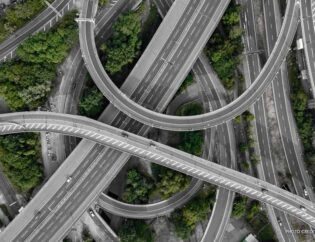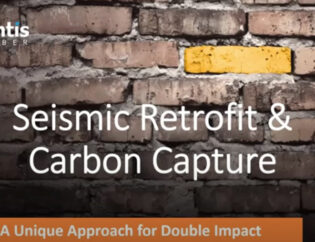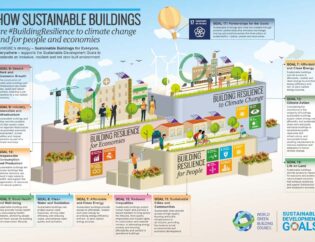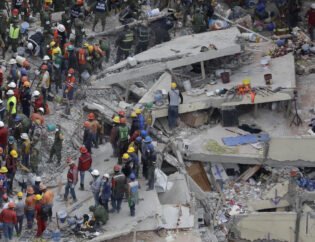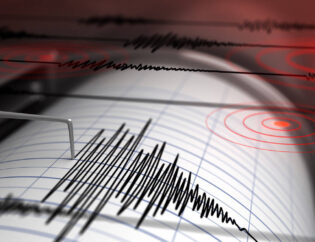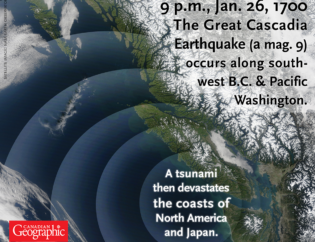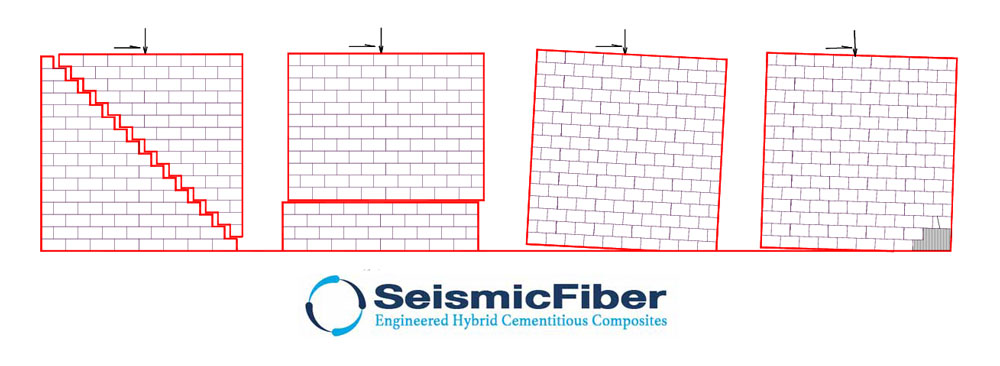
Seismic retrofit is the process of strengthening a building to make it more resistant to seismic forces.
Seismic events are increasing in frequency and severity, making it more important than ever to ensure that buildings are designed and constructed to resist seismic forces. This can be done by adding or improving the foundation, walls, roof, and/or floor systems.
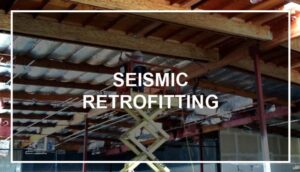 Seismic retrofitting is especially relevant for buildings in earthquake-prone areas, such as the West Coast of the United States and the Ring of Fire, not to mention parts of Asia and the Middle East. It can also be beneficial for older buildings, as they are more likely to be Unreinforced Masonry (URM) – meaning they were not designed to withstand seismic forces.
Seismic retrofitting is especially relevant for buildings in earthquake-prone areas, such as the West Coast of the United States and the Ring of Fire, not to mention parts of Asia and the Middle East. It can also be beneficial for older buildings, as they are more likely to be Unreinforced Masonry (URM) – meaning they were not designed to withstand seismic forces.Unreinforced Masonry (URM) Buildings
URM buildings are especially vulnerable to damage during an earthquake, as they can collapse entirely or suffer partial collapse. This can not only lead to loss of life, but also to billions of dollars in damage. Seismic retrofit can help reduce the risk of damage and collapse, and can also extend the life of a building.
 A SeismicFiber™ Retrofit
A SeismicFiber™ Retrofit
In addition to protecting people and property, a seismic retrofit can also provide economic benefits. A stronger and more resilient building can attract tenants and investors, as they have greater confidence in the safety and stability of the structure. Seismic retrofit strategies that incorporate SeismicFiber™can also be a cost-effective solution in the long run, with a cost saving on product and application costs of 65%-75% of existing methods. While it may require an upfront investment, the additional savings will be realized, as the cost of retrofitting a building with SeismicFiber™ is always lower than the cost of rebuilding or repairing it after an earthquake.
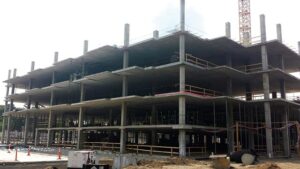 Overall, seismic retrofit is a critical step in ensuring that buildings can withstand seismic forces and protect the people and property within them. As seismic events become more frequent and severe, it is important to prioritize seismic retrofit as a necessary measure for building safety and resilience.
Overall, seismic retrofit is a critical step in ensuring that buildings can withstand seismic forces and protect the people and property within them. As seismic events become more frequent and severe, it is important to prioritize seismic retrofit as a necessary measure for building safety and resilience.Seismic Retrofitting Residential Communities
Now this whole time we have been talking largely about commercial buildings, but let’s take a quick look at other structures in the residential market. One region — California, according to EarthquakeAuthority.com — says, the #1 reason you should retrofit is “Increased Safety.” Properly retrofitted houses are made stronger against earthquake shaking and damage. This means your house is safer, and you’ve reduced the chance of injury or even death in a devastating earthquake. Their #2 reason was to financially protect investments.
Big Investments
You have invested a lot of time and money into your older house. Without a seismic retrofit, the repair costs you’d face after a damaging earthquake could be very costly. Think of it this way: it’s a lot cheaper to retrofit your house now than it is to repair it after an earthquake. Rounding out the top-3 reasons for seismic retrofitting is to make sure you have a place to live after a seismic event. If you have not seismically retrofitted your house and an earthquake damages it, it could take years to repair, and you may have to take out a loan to make repairs. Not to mention that people often have to move out of their homes during repairs, and rental costs typically go up in affected areas following a major disaster. That means you could be paying repair costs, rental costs, and your mortgage—all at the same time!
Check out our SeismicFiber™ blend.
 A SeismicFiber™ Retrofit
A SeismicFiber™ Retrofit